Playing the Piano: A Beginner’s Guide to Sheet Music
Embarking on the journey of learning to play the piano is both challenging and immensely rewarding. While traditional lessons are invaluable, motivated individuals can also teach themselves. Here’s a fundamental guide on how to read piano sheet music.
Understanding the Staff 
- Lines and Spaces: The staff consists of five lines with four spaces between them. The placement of notes on these lines and spaces determines the note’s pitch, with the clef indicating the specific pitches.
- Clefs: The treble clef (G-clef) and bass clef (F-clef) dictate the pitch range for right and left hands, respectively. The treble clef lines represent E,G,B,D, and F (remembered by “Every Good Boy Does Fine”), and spaces spell out F,A,C,E. The bass clef lines stand for G,B,D, F, and A, with spaces representing A,C,E, and G (remembered by “Good Boys Deserve Fudge Always”).
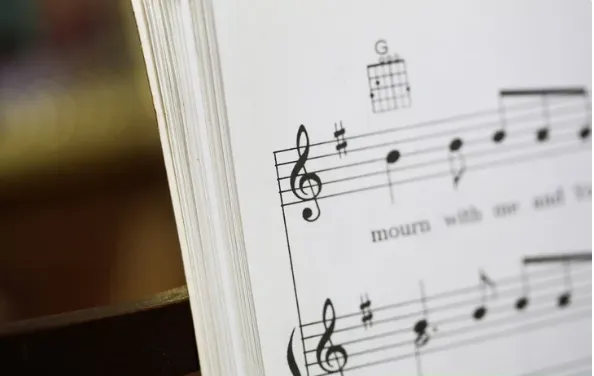
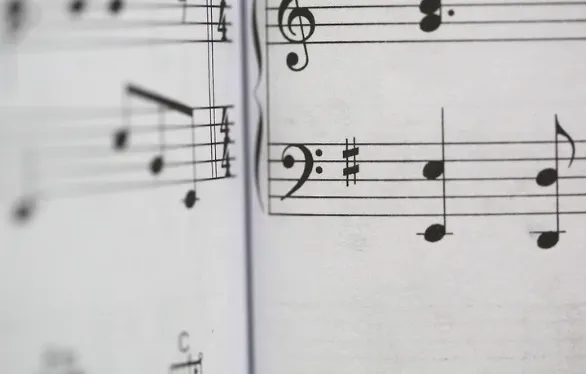
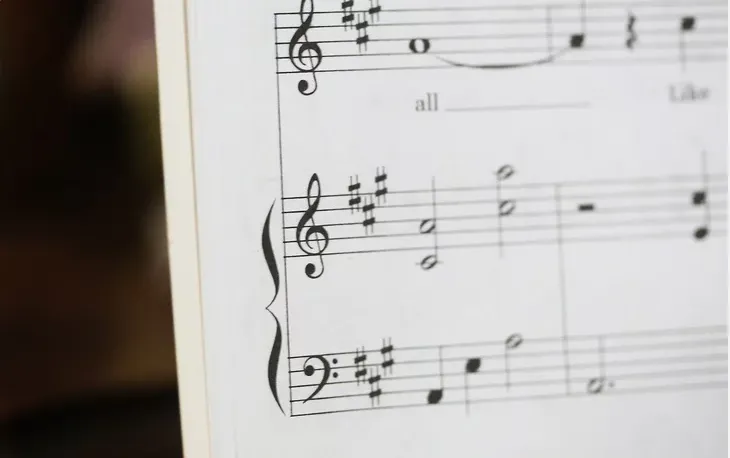
- Key Signature: Positioned at the start of the staff, the key signature indicates which notes are altered with sharps (#) or flats (b) across the piece. Sharps raise the pitch, while flats lower it, correlating to the piano’s black keys.
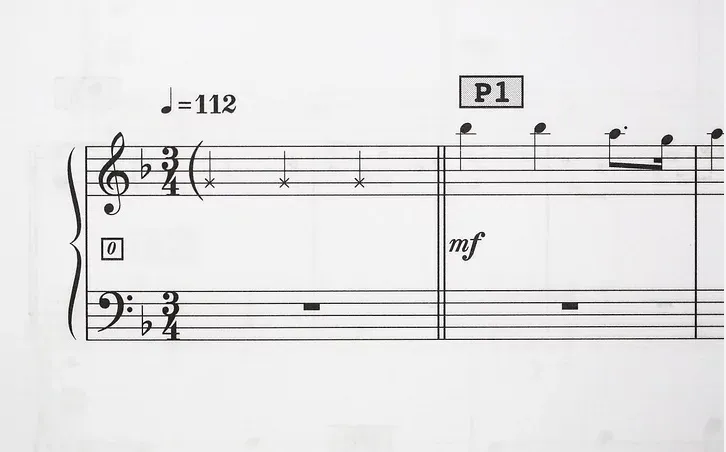
- Time Signature: This consists of two numbers at the beginning of the staff, indicating the beat count per measure and the note value that receives one beat.
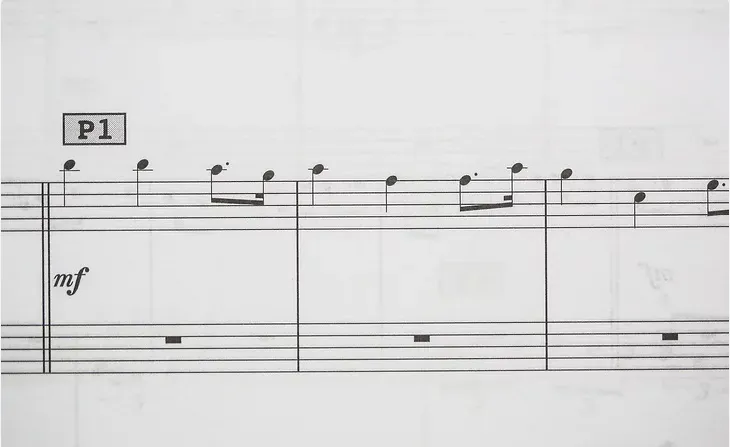
- Measures: Vertical lines called measures divide the music, organizing it into digestible segments, much like sentences in a text.
Interpreting Notes 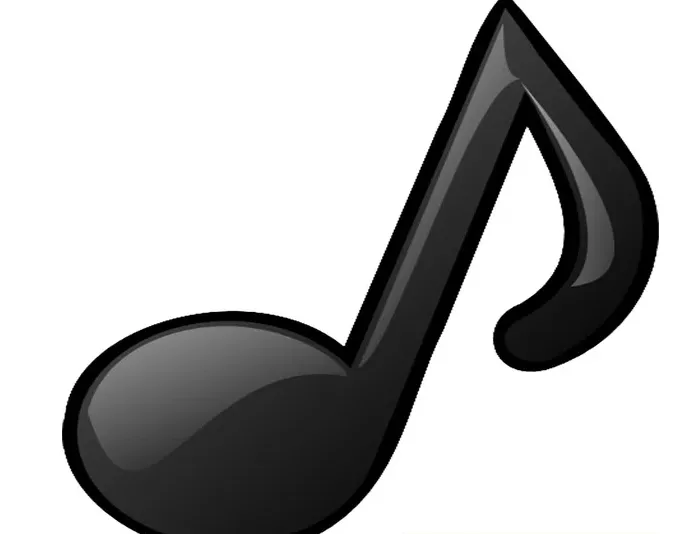
- Note Anatomy: Notes have heads (open or closed circles), stems (lines attached to heads), and flags (tails on stems). Their appearance dictates their rhythmic value.
- Note Types: From whole notes (open head, no stem) to sixteenth notes (closed head, stem, and two flags), each has a specific beat value. Rests signify silence for a corresponding duration.
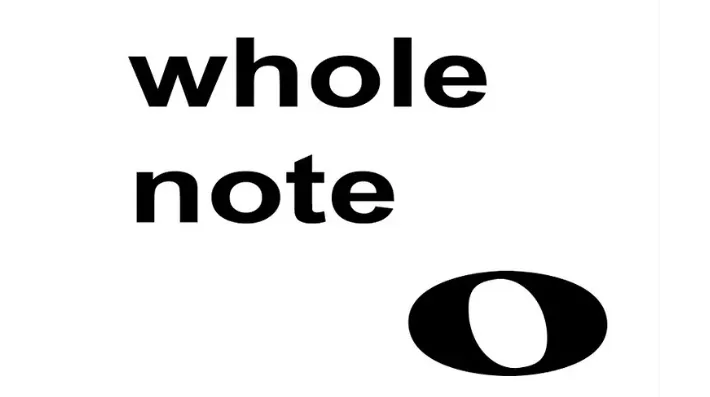
- Rests: Various symbols indicate rests, with each shape representing a different duration of silence in the music.
Playing the Music 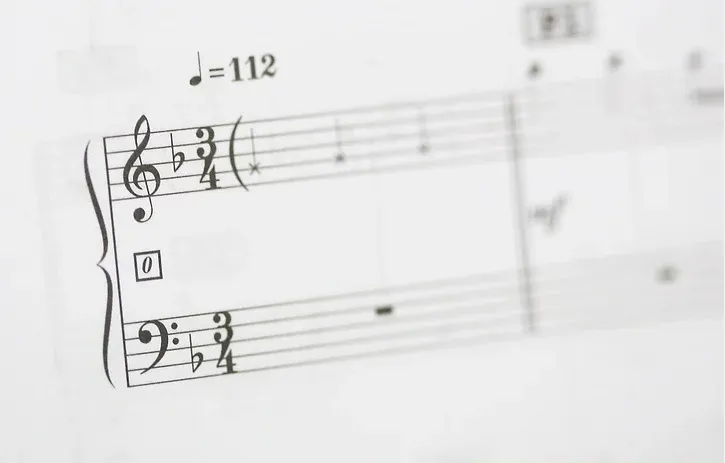
- Hand Assignments: Piano music uses two staffs connected at the beginning of lines. The upper staff is for the right hand, while the lower is for the left hand.
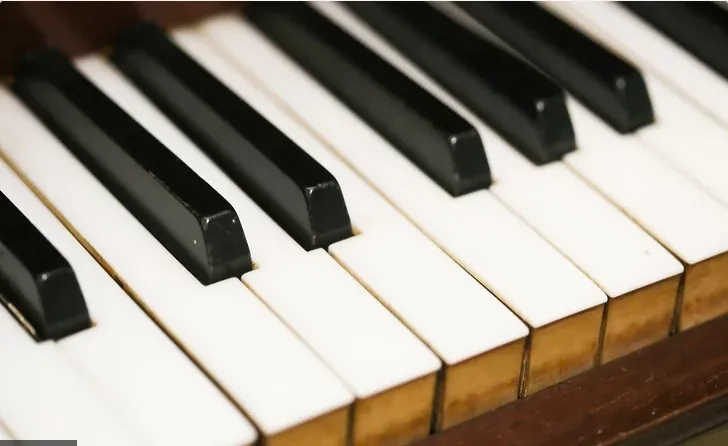
- Piano Keys and Pitches: Each key on the piano corresponds to a specific pitch. Black keys represent sharp or flat notes. Familiarizing yourself with key names and locations is crucial.
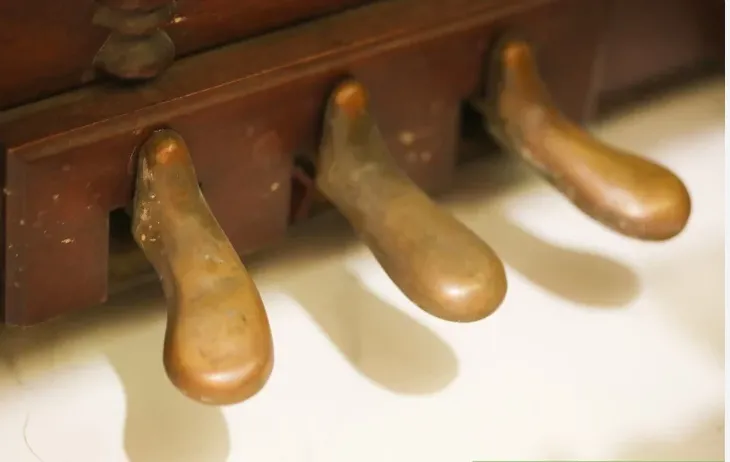
- Using Pedals: Pianos have pedals that affect the sound. The sustain pedal (right) prolongs the sound, while the soft pedal (left) quiets it. Symbols on the sheet music indicate when to use the sustain pedal.
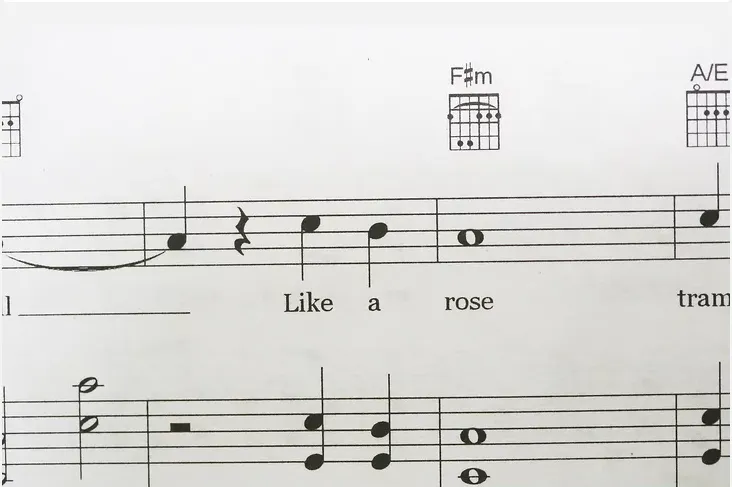
- Reading and Playing: Approach music reading as you would a new language. Combine your knowledge of the staff and notes to interpret and play the music on the page.
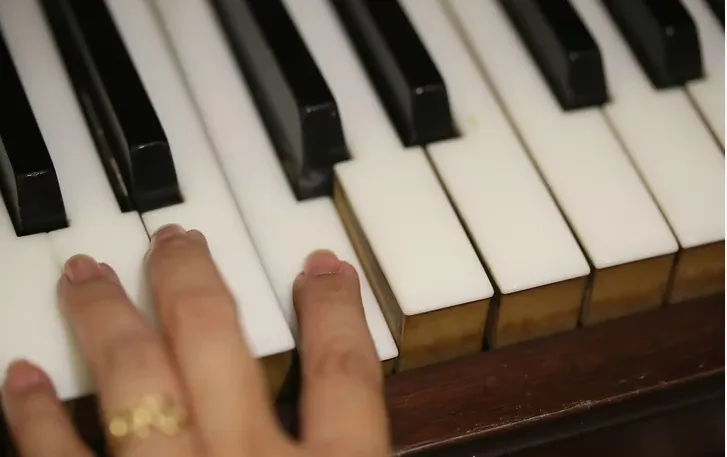
- Practice Slowly: Begin learning pieces at a slow pace, gradually increasing speed as you become more comfortable. This builds accuracy and confidence.
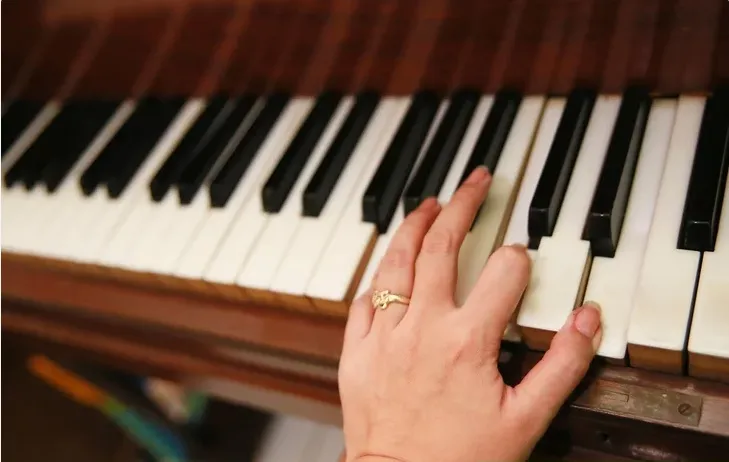
- Regular Practice: Like any skill, proficiency in piano playing comes with consistent practice. Seek guidance when needed and consider lessons for personalized instruction.
Whether learning through self-study or formal lessons, patience and regular practice are key to mastering piano sheet music. Embrace the process, and let your musical journey unfold